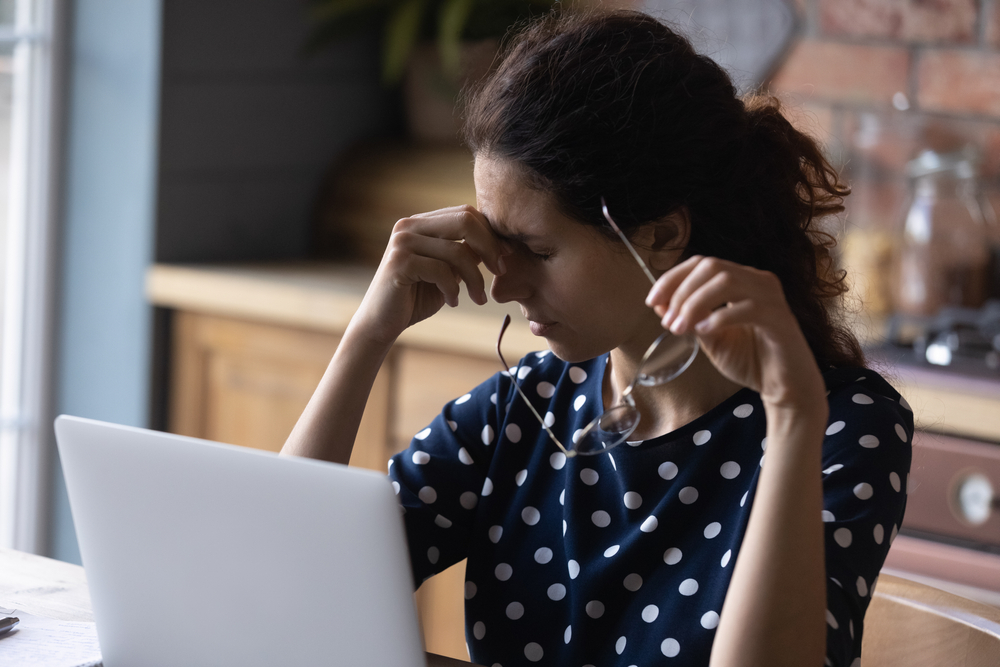
Living with low vision can be challenging, especially when everyday environments aren’t designed with visual impairments in mind. However, your home can be adapted to better support safety, comfort, and independence. At Low Vision Doctors of Ohio, we believe that thoughtful modifications can make a world of difference.
What Is Low Vision?
Low vision is a term used to describe significant visual impairment that cannot be fully corrected with standard glasses, contact lenses, medication, or surgery. Common causes of low vision include age-related macular degeneration, glaucoma, diabetic retinopathy, and inherited eye conditions. Individuals with low vision often benefit from specialized care, adaptive devices, and environmental modifications to help them maintain independence and improve quality of life. Here are practical strategies to help you create a low vision-friendly home.
Maximize Lighting Throughout the Home
Lighting plays a critical role in supporting individuals with low vision. While natural light is beneficial during the day, it’s important to supplement it with well-placed artificial lighting throughout the home. Adjustable task lighting in key areas like reading nooks, kitchens, and workspaces can help make daily activities more manageable. Additionally, motion-sensor lighting in hallways and staircases can enhance safety and convenience, especially during nighttime hours.
Use High Contrast Colors
High contrast between surfaces and objects can significantly enhance visual clarity and help individuals with low vision navigate more easily. Painting door frames in a color that contrasts with the walls can help define entryways, while colored tape or rugs can be used to mark stairs or changes in flooring levels.
Eliminate Clutter and Improve Organization
A tidy, well-organized home is essential for anyone with low vision, as it helps improve mobility and reduce daily stress. Keep walkways and frequently used areas free of obstacles such as furniture edges, electrical cords, or loose rugs.
Use tactile labels or large-print tags on drawers, containers, and pantry shelves to make identifying items easier. Assign specific spots for everyday items like keys, remote controls, or glasses so they can be quickly found when needed.
Upgrade Your Home Technology
Advances in technology offer valuable support for individuals with low vision. Smart home systems such as Alexa or Google Home allow users to control lighting, thermostats, and other household functions with simple voice commands.
Other helpful tools include talking clocks, large-button phones, screen readers, and electronic magnifiers. Setting devices to high-contrast display modes or using built-in accessibility features on smartphones and tablets can also enhance usability.
Modify Kitchens and Bathrooms with Safety in Mind
Because kitchens and bathrooms present a higher risk for accidents, they require careful modifications. In the kitchen, tactile markers or bump dots can be placed on frequently used appliance settings, helping users operate ovens, microwaves, and stovetops more easily. Pantry items and cooking supplies can be organized using large-print labels or clearly marked containers.
In the bathroom, safety enhancements such as grab bars, non-slip mats, and contrasting color strips in the shower or bathtub can make a significant difference in preventing slips and improving navigation.
Consider Pathway and Furniture Design
The layout and design of a home directly impact how safely and efficiently someone with low vision can move through it. Furniture should be arranged to create wide, unobstructed pathways, avoiding tight corners or unexpected obstacles. Incorporating textured rugs or tactile floor markers can help indicate transitions between rooms or flooring types, further supporting orientation and safe movement throughout the space.
Schedule Your Low Vision Consultation Today
Making your home more low vision-friendly doesn’t require a complete remodel - just a thoughtful approach to lighting, contrast, organization, and safety. These changes can help maintain your independence, reduce risks, and improve your overall quality of life.
If you or a loved one is navigating the challenges of low vision, we’re here to help. At Low Vision Doctors of Ohio, Dr. Paolo Cursaro and his team specialize in helping patients maximize their remaining vision and improve daily living through personalized solutions. Visit our office in Columbus, Ohio, or call (614) 400-3950 to book an appointment today.






